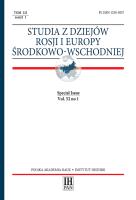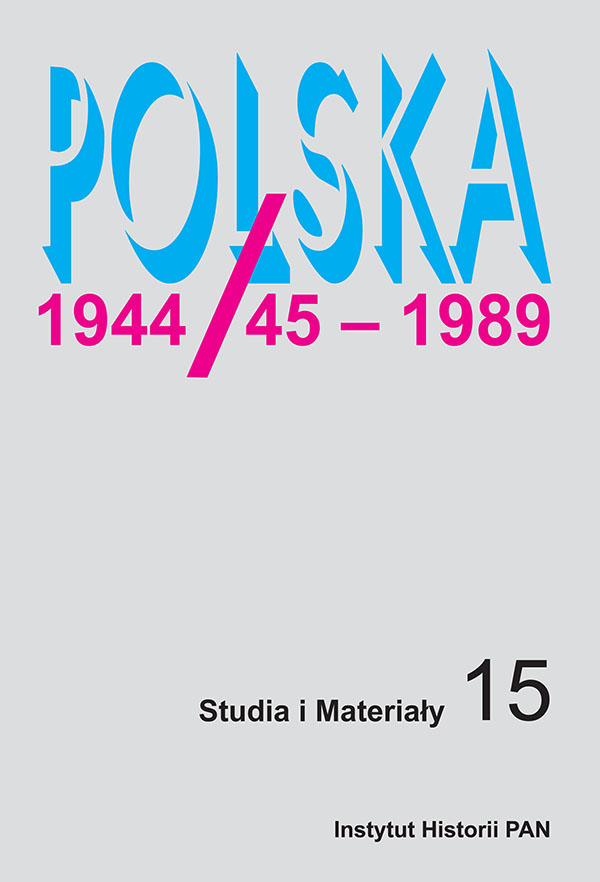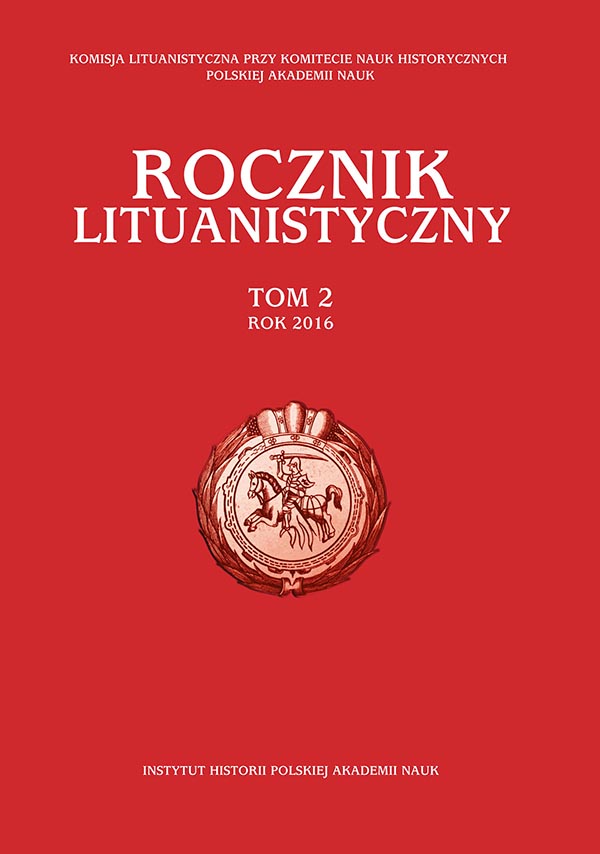
Belorussian-Lithuanian Political and Economic Relations (1990–2015)
During the first years of their independence a pivotal role in mutual relations of Lithuania and Belarus was played by historic symbols related to their many centuries-old belonging to one state – the Grand Duchy of Lithuania. For many years there was a problem of un-demarcated border between the two countries. But leaders of the two countries were flexible and compromise, so all the thorny issues were resolved without special incidents. The accession of Lithuania to NATO and the European Union as well as association agreements between Belarus and the Russian Federation were factors hindering the bilateral relations. The EU’s sanctions against Minsk obliged Vilnius to restrict its contacts and cooperation with Belarus. Lithuanian’s leaders sought to preserve some margin of independence and maintained the development of economic relations with Belarus. For Minsk, Lithuania was very important due to the port of Klaipėda through which a majority of its goods exported and imported by the sea were transported. The fact that Lithuania and Belarus belong to different military political camps and economic alliances hampers neither their economic cooperation nor fairly good bilateral relations. Due to its economic and political interests, Lithuania was forced several times to distance itself from the policy of the EU towards Belarus. From the perspective of Minsk, Lithuanian foreign policy was more predictable than of other neighbouring countries belonging to NATO and EU.
More...

